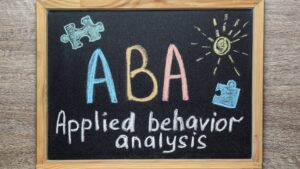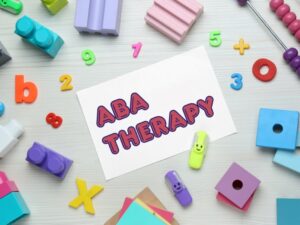
Welcome to Our Blog

How To Make the Most of ABA Therapy Services
Roughly 1 in 127 children have been diagnosed with autism across the globe. The level of severity and the difference in symptoms can range within this number. Raising a child comes with many difficulties, but you don’t have to feel hopeless. If your child has been diagnosed with autism spectrum disorder, it’s important to consider […]

How Does Data Collection Help with Keeping Track of Your Child’s Progress
The collection and analysis of data is a crucial component of Applied Behavior Analysis (ABA) in clinical and educational settings. Clinicians, practitioners, and educational instructors need data to understand the function of behaviors concerning your child. With the collection of this data, they can then create intervention strategies for dealing with undesirable behavior. Repeated data […]

What Can You Expect to Happen During a ABA Session?
Autism Treatment That Collaborates! One of the most frequent questions about our children’s Applied Behavioral Analysis therapy services is what can be expected during the initial visit. We understand your concerns. Autism therapy can be daunting to some families – especially when dealing with the plethora of challenges that autism can create in the family […]

A Quick Guide to ABA Therapy
Did you know that the prevalence of autism in the United States has increased during the past twenty years? Almost 2% of children who are eight years old are diagnosed with autism. Unfortunately, it can be confusing to know what you can do for your child. There are many different treatment options out there that […]

A Complete Guide to Applied Behavior Analysis Therapy
The world can be very overwhelming for everyone. For children, the world can be more overwhelming than it is for adults. As your child gets older, there are certain social interaction benchmarks they need to hit to be comfortable functioning in our society. It’s ok to worry about your child if they struggle with positive […]

Applied Behavior Analysis: Definition and Practical Applications
Have you ever praised a child for good behavior? Or have you used “First Dinner, Then Desert” as your own parenting technique? If so, you can thank applied behavior analysis (ABA) for this well-known reinforcement strategy to strengthen good behavior. ABA combines behavior analysis and behaviorism to improve socially significant skills. ABA is often used […]